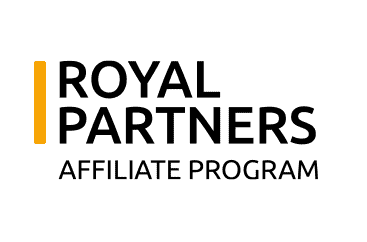What you need to know about Google’s Helpful Content update

Last month, Google announced the launch of a new update to its algorithm. Known as the Helpful Content update, the move will see changes to Google’s search ranking system, intending to focus on ‘people-first content’ and pay less attention to content geared solely towards SEO performance.
The update finished rolling out earlier this month. Let’s take a look at it in more detail and discuss what it means for businesses and marketers. Keep reading to find out more.
People-focused content
Google has confirmed that the Helpful Content update will refocus the search ranking algorithm to concentrate on content that is geared towards people. What does this actually mean? According to Google, content that visitors feel satisfied with will be rewarded, while content that visitors respond poorly to will not.
Google outlined a series of questions that content creators can ask themselves to confirm that they’re operating with a people-first approach. These questions included:
- Do you have a current or target audience for your business that would find your content helpful?
- Does your content contain relevant expertise and knowledge?
- Will readers of your content feel like they’ve had a satisfying experience?
Content creators and business owners can ask themselves some of these questions to ensure that they’re on the right track.
Avoid SEO-heavy content
While Google looks to concentrate on people-first content with the Helpful Content update, the algorithm will also give less priority to content that is deemed too focused on SEO performance. This doesn’t mean businesses should ignore SEO practices altogether, far from it, but they should review how they handle SEO and ensure their methods are in line with the new update.
According to Google, content geared towards SEO performance often results in poor reader satisfaction. The company published some further questions for businesses to ask themselves when reviewing their SEO practices, including:
- Is your content designed to attract readers from search engines rather than made specifically for people?
- Are you publishing a lot of content on a range of topics to increase your performance?
- Are you writing about trending topics regardless of their relevance to your audience?
- Are you writing about niche topics despite a lack of expertise in an effort to increase traffic?
Answering ‘yes’ to any of the above questions will give a business a strong indication that they need to reassess their SEO processes and implement a different strategy in line with this new update.
How it all works
Content that is deemed unhelpful or not people-focused will perform poorly in search results, and this will extend to other content on that website, regardless of whether it is helpful or not. This will encourage sites to streamline and optimise their platforms, by cutting back irrelevant or unhelpful content they will see better results for the site as a whole.
Google will use an automated, machine learning-based classifier tool to monitor and evaluate websites, identifying platforms that have excessive amounts of unhelpful content.
Currently, the Helpful Content update only applies to English language content and searches. However, it is set to roll out for other languages in the near future, while the classifier tool will continually see adjustments and updates to maximise its performance.
What does this mean for you?
Any updates to Google’s search process or algorithm are met with some trepidation by content creators, as they can have serious consequences for businesses and force many to reevaluate their entire business operation.
However, this new update shouldn’t have major implications on your content strategy. Good content should be produced with a specific intention and target audience in mind anyway, with this new update promising to further reward these efforts. While content that is determined to be unhelpful will see poorer search performance, this will only happen if there is other comparable content that is deemed to be more useful. This allows Google to constantly push the most relevant and helpful content to the fore, ensuring quality while maintaining quantity and consistency.
To make sure your business is adhering to the new guidelines outlined by the new update, there are a few simple steps you can take. Ensure you are writing for a current or target audience and that you’re writing with knowledge and authority. Write for people, rather than for the search engine, and focus on a specific set of topics rather than casting a wide net in the hopes you increase traffic. Most importantly, ensure your content is useful and leaves users feeling satisfied with their experience.
Conclusion
Google’s Helpful Content update will hopefully see a better quality of content ranking high through its search engine. By prioritising people-first material and reprimanding content that is too focused on SEO, businesses must adapt and write for people rather than the search engine.
Looking for more content and marketing insights? Take a look at our blog, or for a more personalised approach, book a free call with a member of our team.
If you want even more, check out our Elevate Summit where you can access over 14 hours of talks, panels, and workshops from industry experts.






